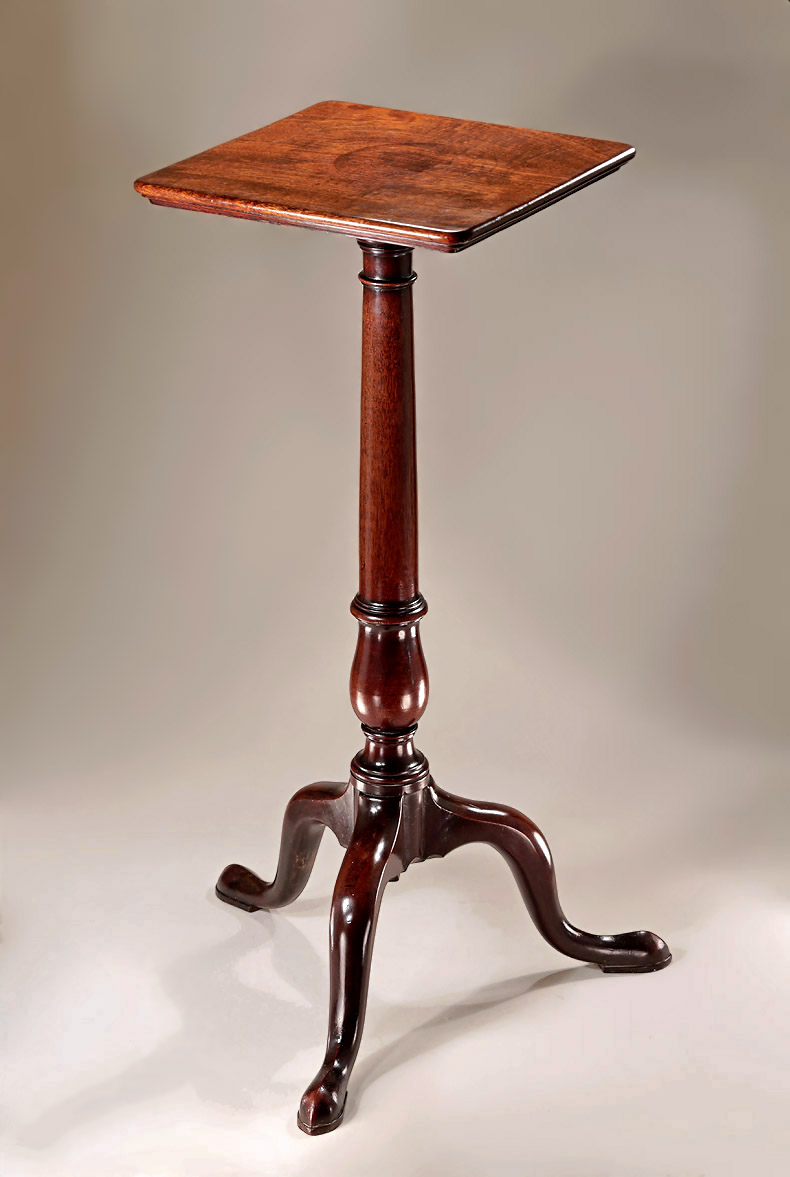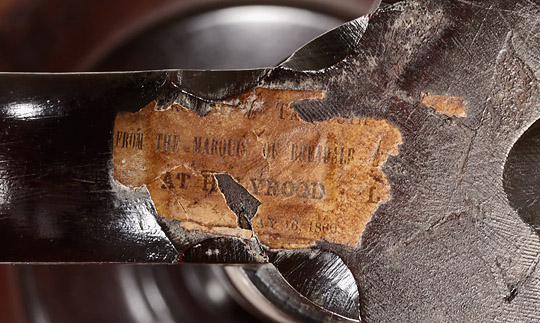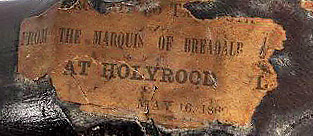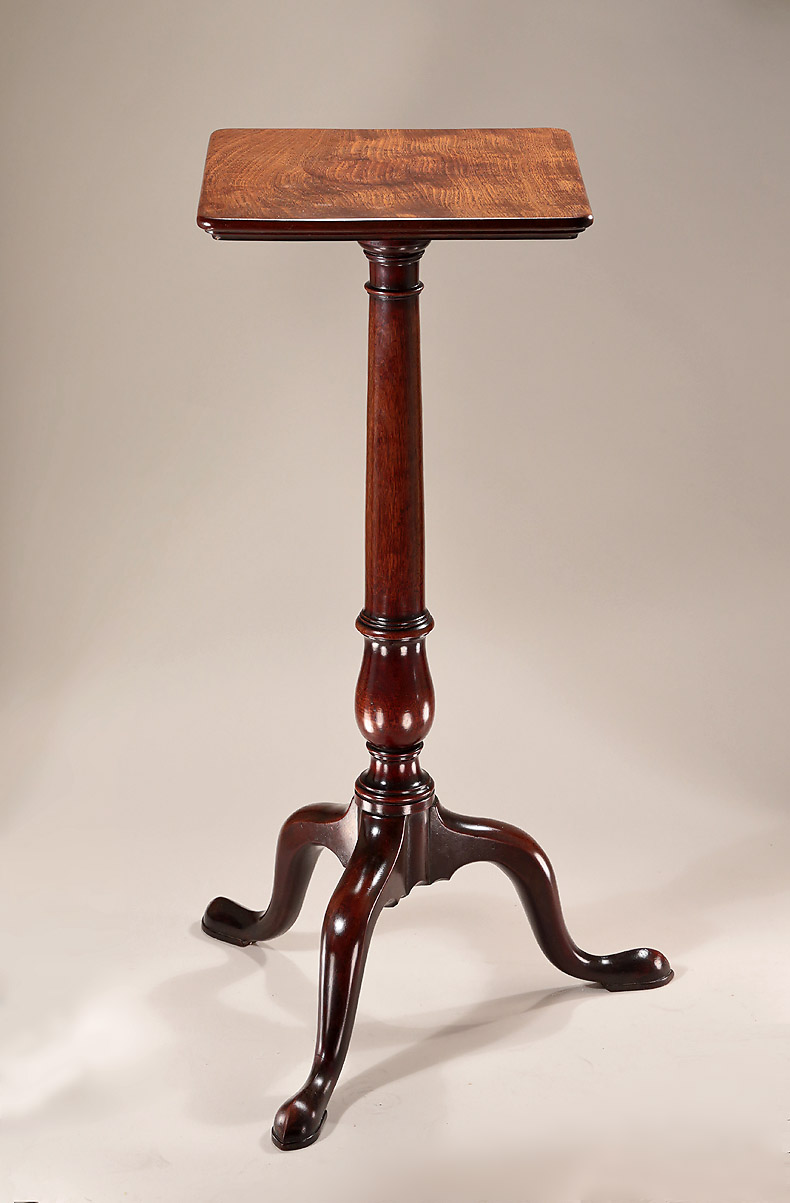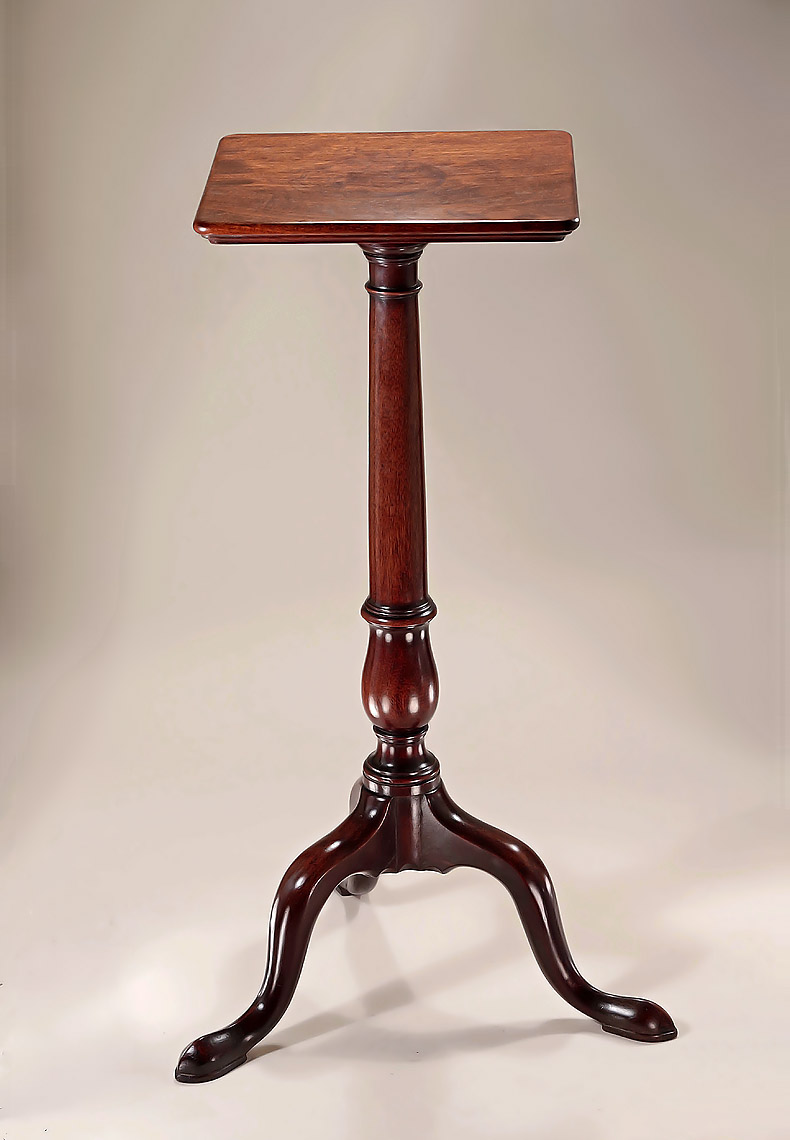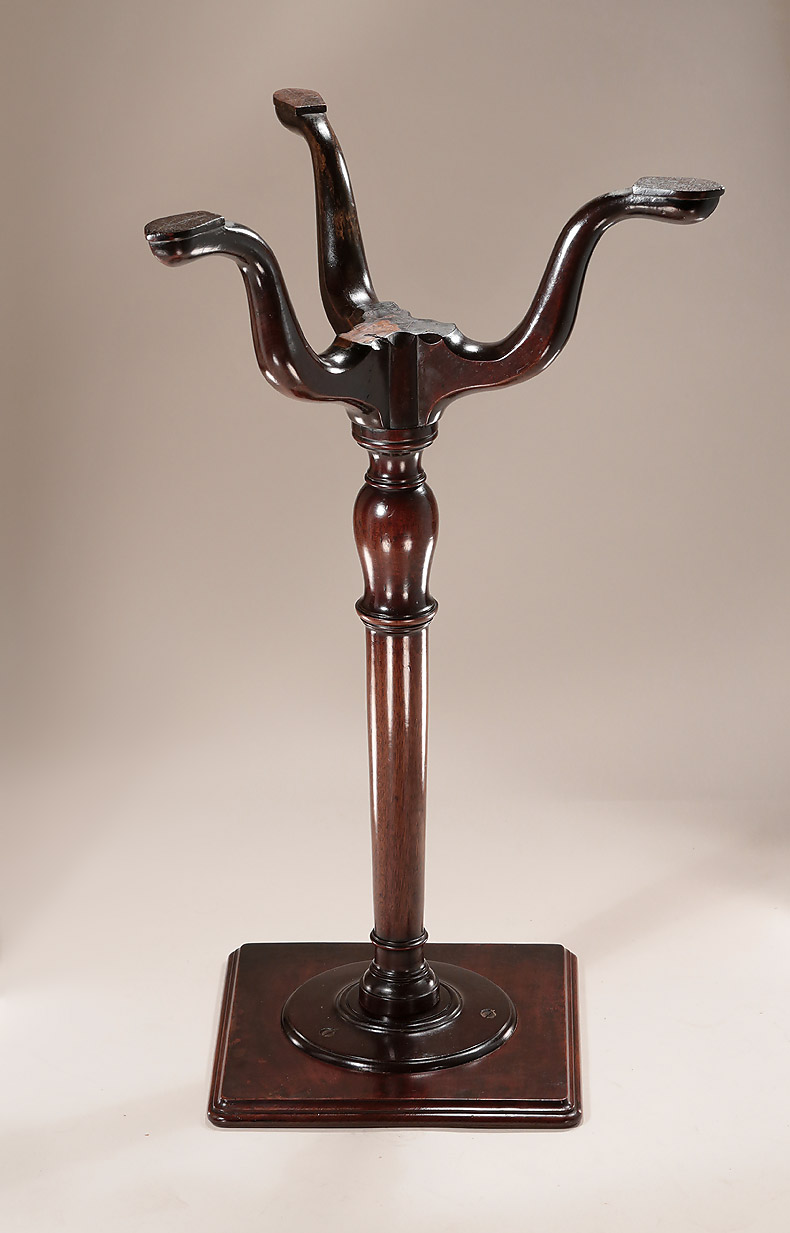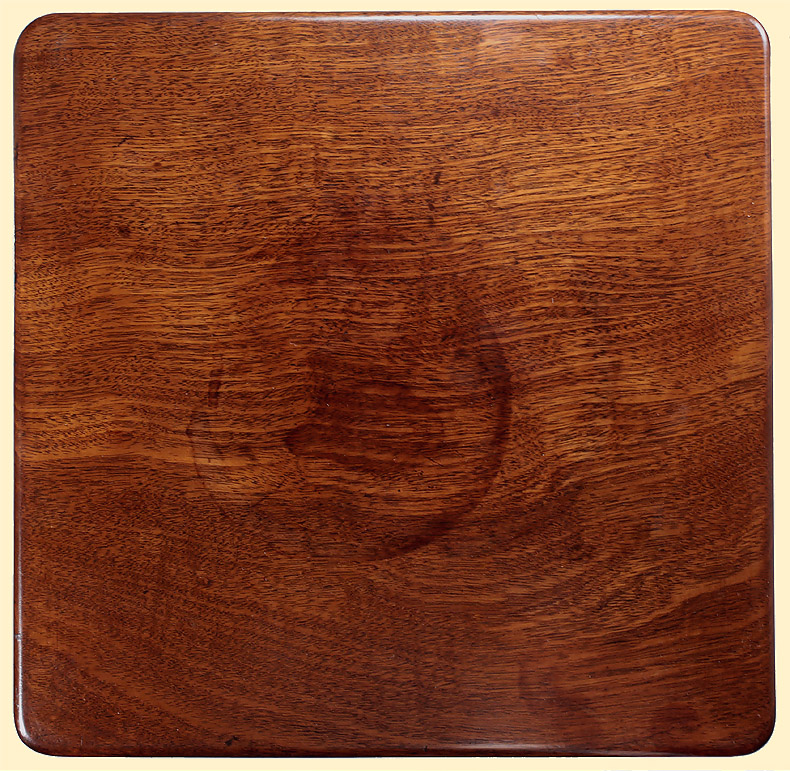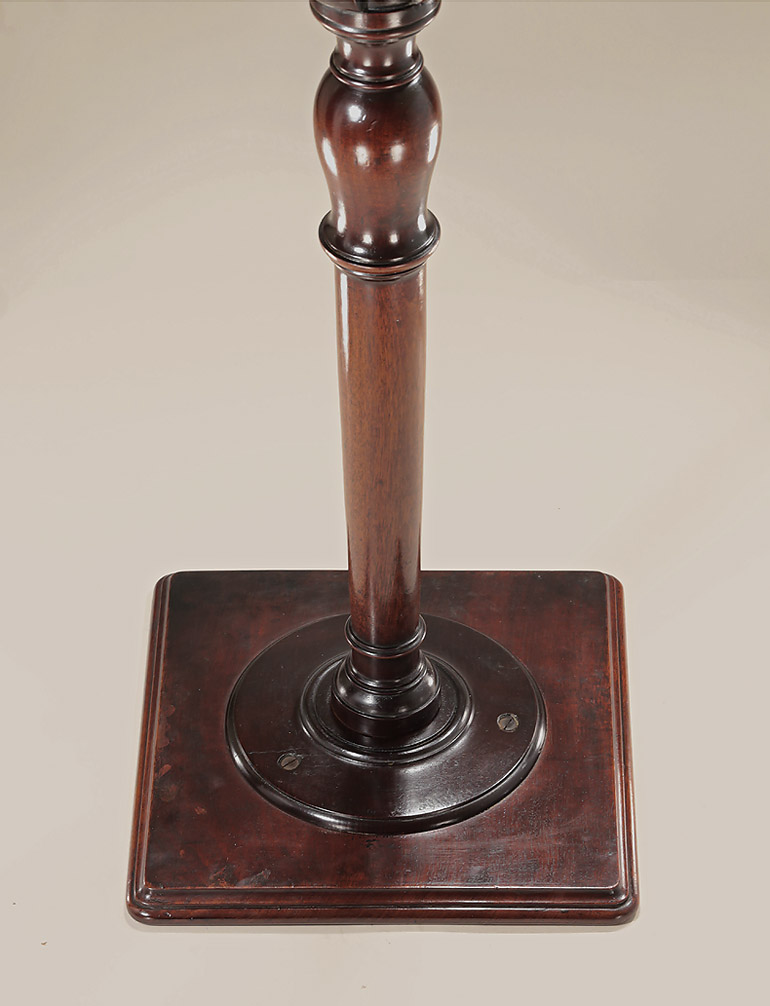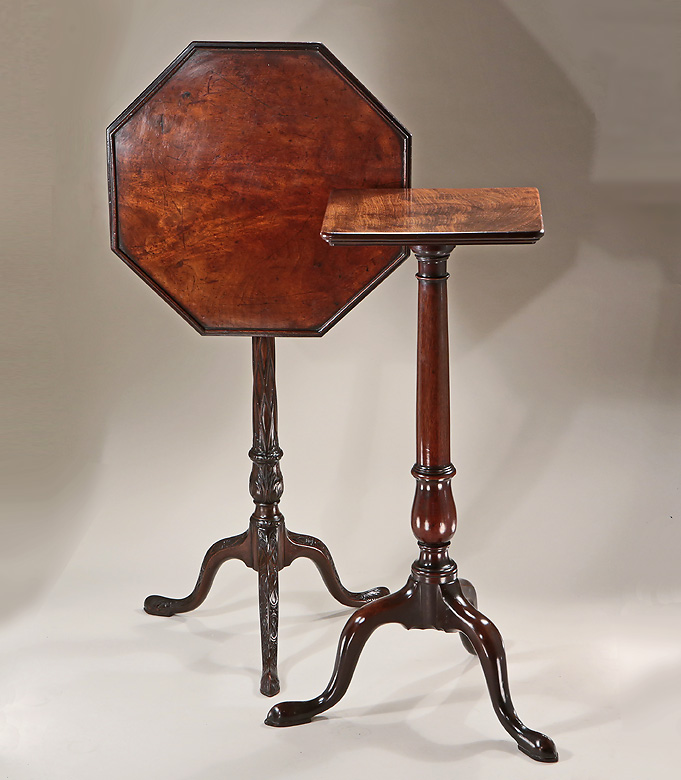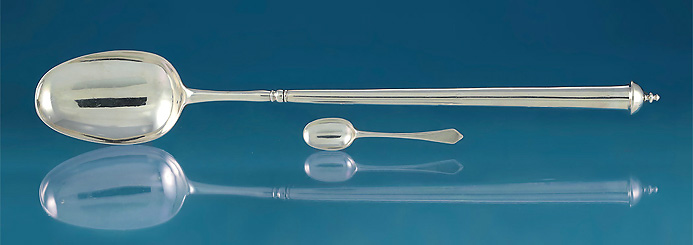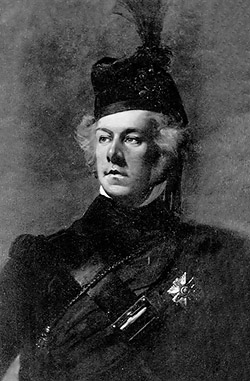
TAYMOUTH CASTLE, & JOHN CAMPBELL, 2nd Marquess of Breadalbane
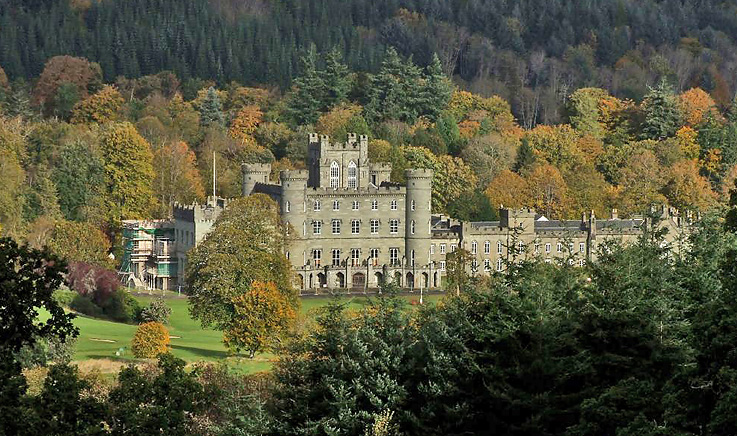
"Taymouth Castle", to the north of Perth, stands on the site of the 16th century Balloch Castle,
Ballock built in 1552 as seat of the Campbell clan.
Taymouth is one of the largest estates in Scotland, encompassing some 450 acres,
and regarded as the most important castle in Scotland in private ownership.
The current castle was built by John Campbell, the 1st Marquis of Breadalbane,
beginning in1806. The lavish Gothic interior was designed by architect James Gillespie Graham (1776-1885).
At the death of his father in 1834, John Campbell, 2nd Marquess of Breadalbane inherited the estate,
continuing his father's many improvements. These undertakings were complete in 1842 -
at which time the young Queen Victoria and Prince Albert were guests at Taymouth for three days.
During his lifetime, the 2nd Marquess of Breadalbane was Lord Glenorchy, Earl of Ormerlie
and MP for both Okehampton and Perthshire. He also became a Knight of the Thistle, a Knight of the Black Eagle of Prussia,
Lord Lieutenant of Argyllshire, and President of the Society of Antiquaries of Scotland.
At his death Taymouth passed to John Alexander Garvin Campbell, thence to Sir Garvin Campbell, who died without heirs in 1922.
The castle has served many interim functions, including a hotel, a convalescence home during World War II, and a boarding school.
Restoration continued through the early 21st century. However its current status is closed, with future development unknown.
The portrait above : John Campbell, 2nd Marquess of Breadalbane
(26 October 1796 – 8 November 1862) , by Sir George Hayter, 1834
HOLYROOD HOUSE
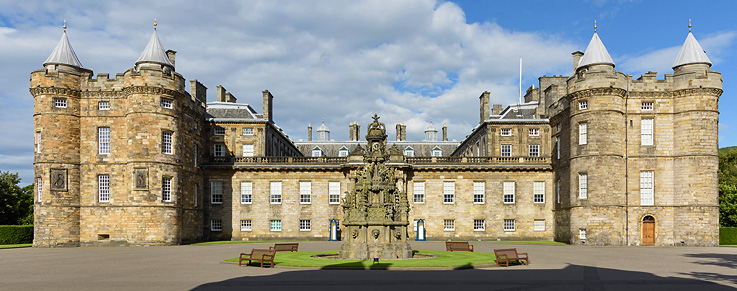
Above is the Palace of Holyroodhouse, commonly referred to as Holyrood Palace or Holyroodhouse,
as it stands today, and serves as the official residence of the British monarch in Scotland, Queen Elizabeth II.
Located at the bottom of the Royal Mile in Edinburgh, at the opposite end to Edinburgh Castle,
Holyroodhouse, having served as the principal royal residence in Scotland since the 16th century,
was built (between 1671–1678), and is now a setting for state occasions and official entertaining.
The palace has had a rich history, including the ruined Augustinian Holyrood Abbey within the grounds,
founded in 1128 at the order of King David I of Scotland.
Robert the Bruce held a parliament at the abbey in 1326, and by 1329 it may already have been in use as a royal residence.
In 1370, David II became the first of several Kings of Scots to be buried at Holyrood.
Not only was James II born at Holyrood in 1430, it was at Holyrood that he was crowned, married and laid to rest.
James III and Margaret of Denmark were married at Holyrood in 1469.
As early as the late 15th century, part of Holyrood had already had dedicated royal apartments.
The royal apartments in the north-west tower of the palace were occupied by Mary, Queen of Scots,
from her return to Scotland in 1561 to her forced abdication in 1567.
Bonnie Prince Charlie held court at Holyrood for five weeks in September and October 1745,
during the Jacobite Rising. And the Duke of Cumberland stayed here on his way to Culloden.
It was in these "grace-and-favour" apartments that John Campbell, 2nd Marquess of Breadalbane,
took residence, and from which this table was removed to Taymouth Castle.
|
